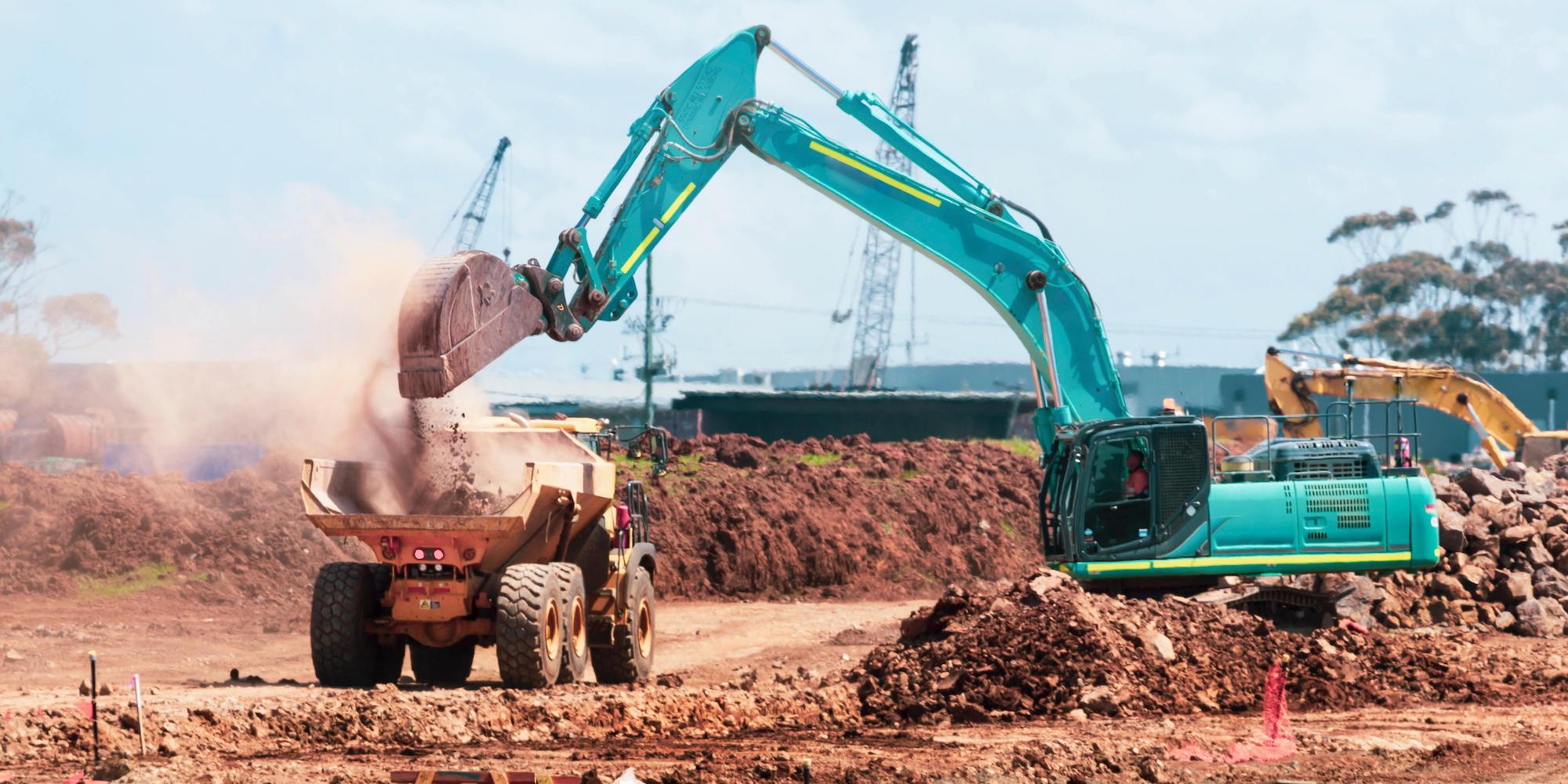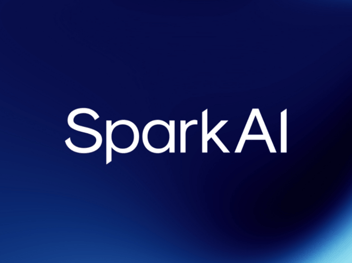Keep Your AI in Captivity or Release It into the Wild?

By Murat Ocalan, Director of Engineering, SparkAI
When an artificial intelligence (AI) application is expected to operate in the real world, it takes more than innovation and automation.
This topic was recently discussed during Riley Safer Holmes & Cancila’s Autonomous Vehicles Spring Symposium, and I want to share what we talked about with you, too.
The conversation focused on achieving quality and reliability to ensure safe AI operations. Years are spent training an AI system so, when you release an AI system into the wild, you don’t have to cross your fingers and hope for the best. But, it’s nearly impossible to recreate all possibilities in a lab environment (and there may be significant delays in market introduction if you attempt to do so).
It’s a catch-22: You need quality and reliability, but your AI also needs real-world experiences that can only be captured once deployed in real environments.
Exposing AI Systems to the Real World
Consider off-road equipment like self-driving construction machinery. Autonomous excavators equipped with cameras are designed to move dirt according to specific coordinates. Once this technology moves from the lab to the field, however, new challenges are uncovered.
In the case of an autonomous excavator, this new challenge may be flocks of birds that are enticed by unearthed snacks. They swoop in for a closer look, flying incredibly close to the cameras and creating object-detection issues in the process.
The machine knows what to do when it encounters people or other equipment — but what about, for example, birds that swoop back and forth, constantly moving closer to and away from cameras? The models are not trained to handle this scenario and, as a result, the system can’t perform as expected.
How will AI systems ever learn to work safely in unexpected conditions if they’re not exposed to them?
The Risk of Releasing AI Tech Too Soon
The “right” decision seems to be to delay exposure to real environments. But, if AI applications are kept in captivity, you may starve or deprive them of the skills they need to survive. Giving an autonomous machine the opportunity to interact with its natural environment surfaces edge cases and yields a wealth of information from which it can learn. Your machine won’t get the data it needs to function safely and accurately in the wild without actually stepping out into the wilderness.
Conversely, there are consequences associated with commercializing AI and releasing it into the wild too soon. When you introduce a system too early, you sacrifice customer loyalty, trust, performance, and safety. If the technology falters or fails, the effects can be extreme (even if your model has “99% accuracy”).
When things go wrong, the legal implications could exact a heavy toll, which is why liability should and does weigh heavily on the minds of AI leaders. You need to be confident in scaling your application without risk, and you can’t afford to neglect failsafe measures.
How can you find the right balance between rolling out AI technology too soon — and not soon enough?
The Missing Element: Human Cognition
That’s where we come in. SparkAI addresses the missing element of human cognition.
We resolve critical edge cases, false positives, and other AI exceptions live in production, providing real-time contextual cues to autonomous systems so that they can operate effectively and efficiently.
Our solution enables companies to reimagine the possibilities and accelerate:
- Getting AI products to market faster
- Realizing ROI in much shorter time frames
- Deploying models with a sense of ease and reliability
If you need help overcoming the most expensive barrier to AI growth, let SparkAI show you how we’ve helped enterprises and fast-growing tech companies combine people and technology to solve critical AI edge cases live in production.


